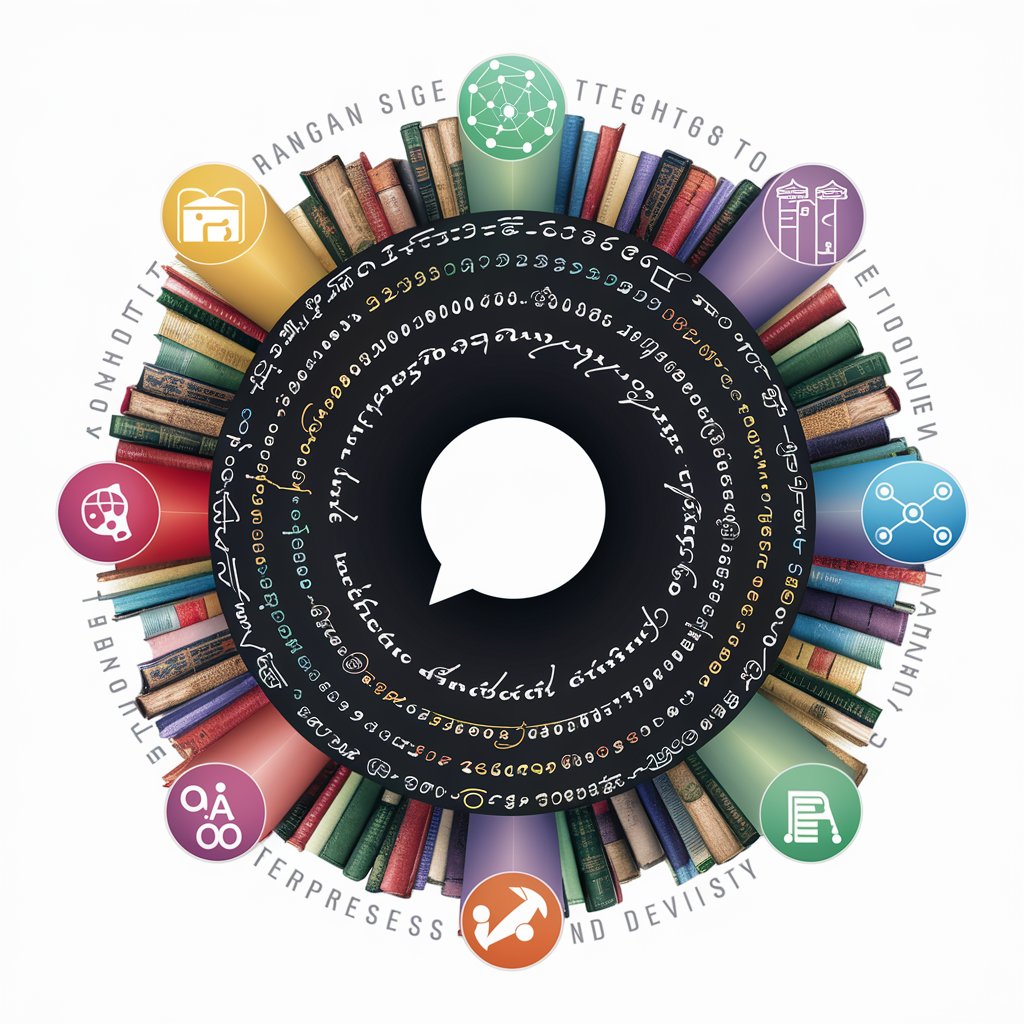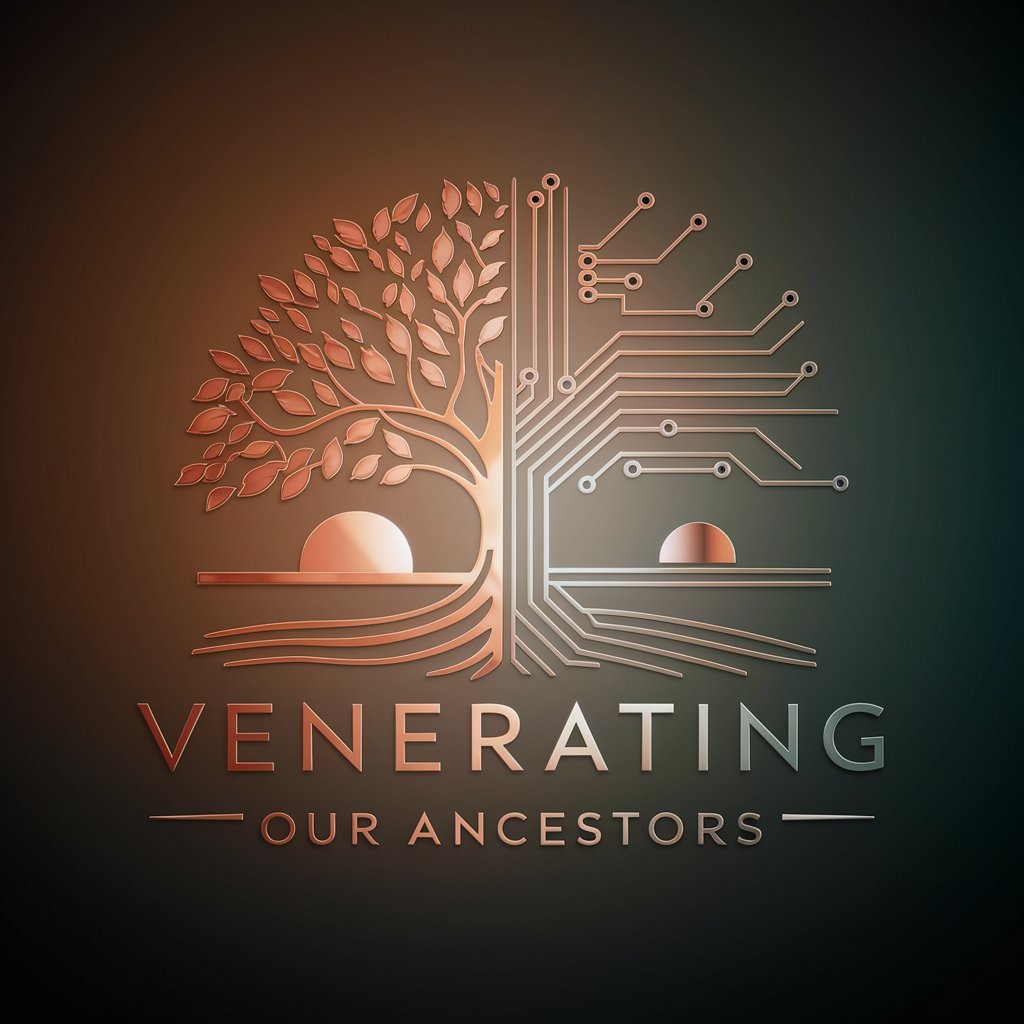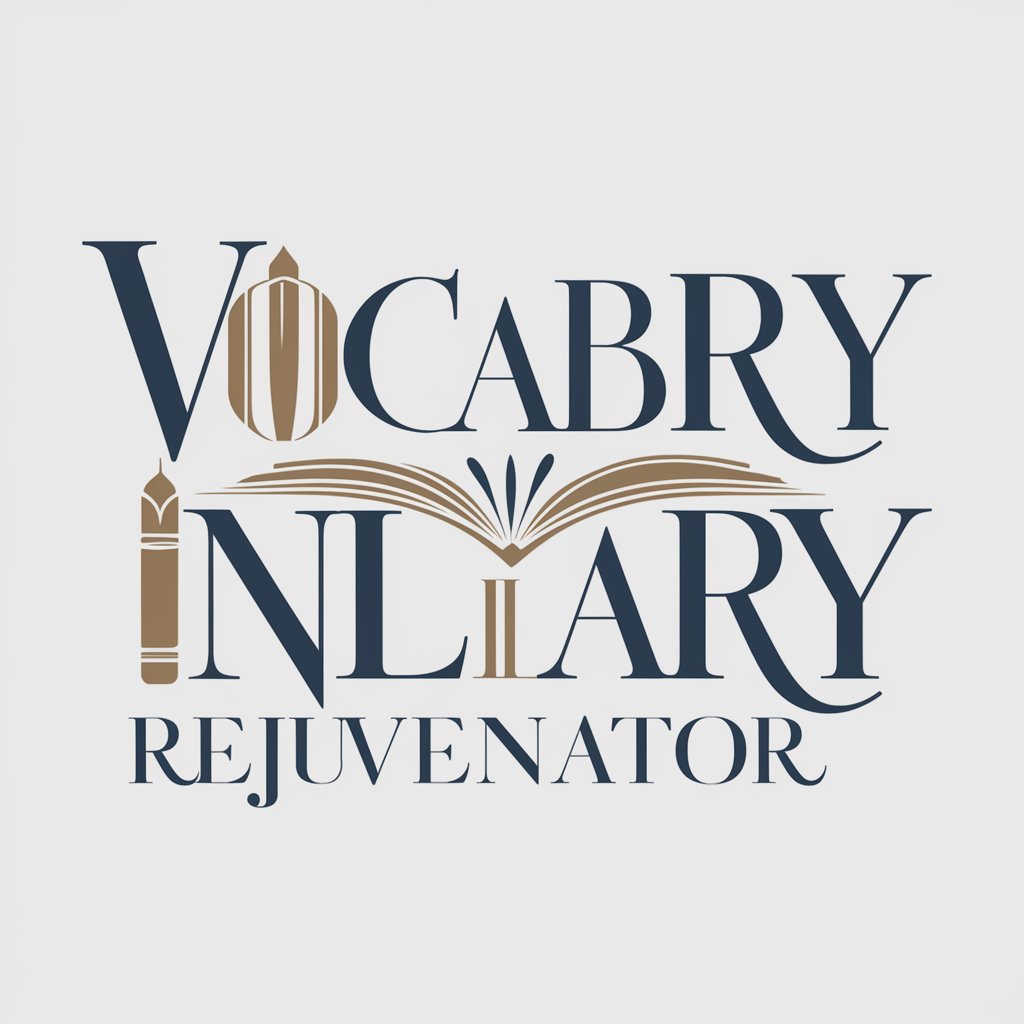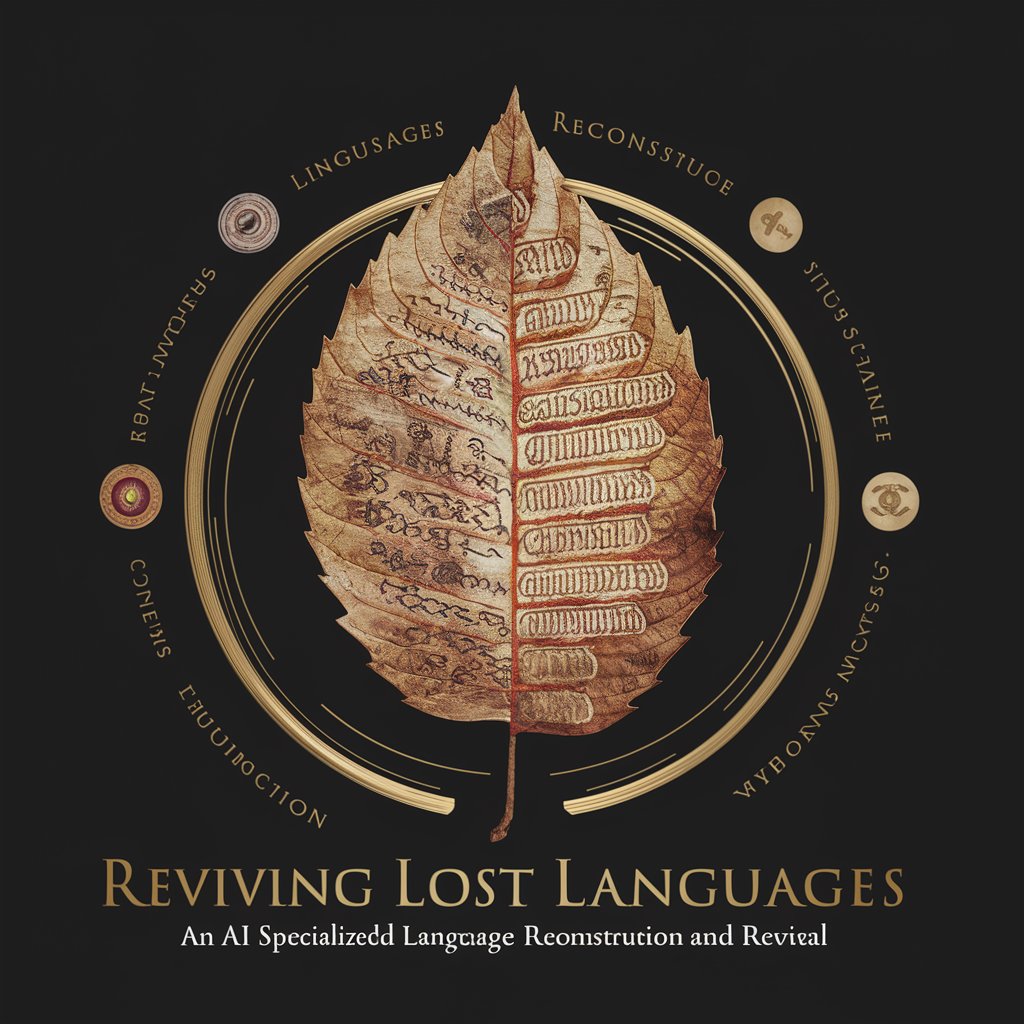4 GPTs for Language Revival Powered by AI for Free of 2026
AI GPTs for Language Revival are advanced artificial intelligence models specifically designed to aid in the revitalization and preservation of endangered or extinct languages. By leveraging Generative Pre-trained Transformers (GPTs), these tools offer tailored solutions for analyzing, learning, and generating text in rare languages. They are pivotal in bridging the gap between technology and cultural heritage, enabling not just the preservation of languages at risk of disappearing but also facilitating their practical use in modern contexts.
Top 4 GPTs for Language Revival are: Language Preservation and Revival,🍀 Venerating Our Ancestors 🍀,Vocabulary Rejuvenator,Reviving Lost Languages
Key Attributes and Functions
AI GPTs for Language Revival boast unique features tailored to the specific needs of language preservation. These include adaptability across various linguistic structures, support for non-dominant languages, and the ability to generate accurate language models from limited datasets. Special features often encompass language learning platforms, technical support for linguistic research, advanced web searching for rare language resources, image generation for cultural education, and data analysis capabilities for linguistic patterns.
Who Can Benefit
The primary beneficiaries of AI GPTs for Language Revival include linguists, language learners, educators, cultural preservationists, and developers interested in linguistic technologies. These tools are designed to be accessible to novices without coding experience, while also offering extensive customization options for tech-savvy users and professionals in the field of language preservation.
Try Our other AI GPTs tools for Free
AI Linguistics
Discover AI GPTs for AI Linguistics: revolutionary tools bridging human language and machine understanding, designed for linguists, developers, and language enthusiasts.
Language Exchange
Discover how AI GPTs for Language Exchange can transform your language learning journey with personalized, interactive sessions tailored to your proficiency level.
Expense Scrutiny
Discover how AI GPTs for Expense Scrutiny leverage advanced analytics to optimize financial operations, ensuring compliance and enhancing decision-making.
Firearms Safety
Discover how AI GPTs for Firearms Safety leverage advanced AI to provide tailored guidance and support for responsible firearms handling, making safety information accessible to all.
Scriptural Translation
Unlock the ancient wisdom of sacred texts with AI GPT tools for Scriptural Translation, designed for seamless, context-aware interpretations accessible to all.
Creative Rewriting
Discover the transformative power of AI GPTs for Creative Rewriting, designed to elevate your creative writing through intelligent text enhancement and generation.
Further Perspectives on Customized Solutions
AI GPTs for Language Revival stand out by offering user-friendly interfaces, integration capabilities with existing systems, and specialized functions for different sectors within the language preservation community. These aspects underline the potential of AI in facilitating cultural heritage preservation and ensuring the continued use and study of endangered languages.
Frequently Asked Questions
What exactly are AI GPTs for Language Revival?
AI GPTs for Language Revival are artificial intelligence tools designed to support the preservation, study, and revitalization of endangered or extinct languages through advanced language modeling and generation capabilities.
Who can use these AI GPT tools?
These tools are accessible to a wide audience, including language enthusiasts, educators, linguists, developers, and cultural preservationists, with features catering to both beginners and professionals.
How do these tools help in language preservation?
They assist by creating educational content, enabling linguistic research, supporting language learning, and generating new text in endangered languages, thereby keeping these languages alive and relevant.
Can AI GPTs work with very limited language data?
Yes, these GPTs are designed to generate accurate language models even from sparse datasets, making them ideal for working with languages that have limited written or spoken records.
Are there customization options for developers?
Absolutely, developers can access APIs and coding interfaces to tailor the AI GPT tools to specific projects or research focuses within the language revival field.
Is technical support available for these tools?
Yes, technical support is often provided to assist users in navigating and maximizing the tool's capabilities for language preservation projects.
Can these tools generate educational content?
Indeed, one of the core functionalities includes the creation of language learning materials, cultural content, and educational resources to facilitate language revival.
What makes AI GPTs for Language Revival different from other AI models?
Their specialization in processing and generating text in rare or endangered languages sets them apart, offering a unique blend of linguistic sensitivity and advanced AI capabilities for language preservation.



